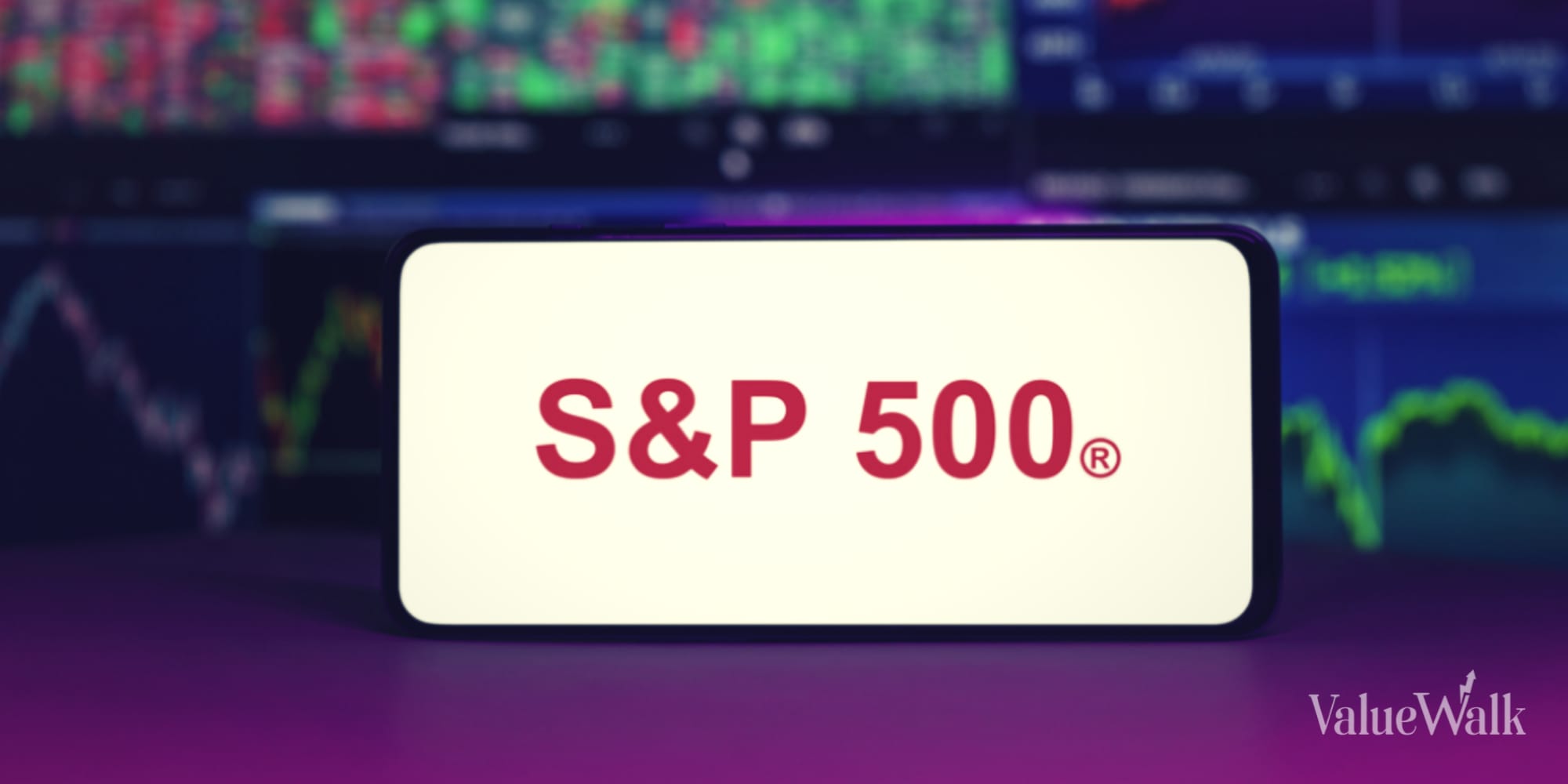S&P 500 Continues Winning Streak as Markets Prepare for CPI

After declining in April, the market has rebounded so far in May. All major market indices rose last week, continuing their upward trend for three consecutive weeks.
The S&P 500 rose 1.8% for the week to 5,223, while the Dow Jones Industrial Average rose 1.7% to 39,513. Meanwhile, the Nasdaq Composite Index was trading at 16,341, up 1.1%, and the Russell 2000 Index was trading at 2,060, up 1.2%.
Through Friday’s close, the S&P 500 was up 3.8% in May and up 9.6% year-to-date. Let’s take a look at the factors that drove the market higher last week.
Performance was solid
Last week’s market rally likely had to do with two broad themes. First, our performance for the quarter ended March 31 continues to be strong. About 77% of companies that have reported so far have beaten estimates, according to FactSet, which beat the consensus figure by an average of 7.5%. Both of these figures are above the 10-year average.
FactSet also found that last quarter’s year-over-year revenue growth was 5.4%, the highest since the second quarter of 2022. The companies that contributed the most to revenue growth in the first quarter were NVIDIA, Microsoft, Amazon, Alphabet, and Meta Platform. Without the results, overall first-quarter revenue would decline 2.4%.
Additionally, FactSet posted positive news about second-quarter earnings, as analysts raised their second-quarter estimates by 0.7% in April. This is unusual for the first month of the quarter. Over the past 80 months, estimates have typically declined by an average of 1.8% in the first month of a quarter. In fact, this is the first time since the fourth quarter of 2021 that overall revenue estimates have increased in the first month of a quarter.
FactSet also reports that analysts expect revenue growth rates of 9.6%, 8.4%, and 17.1% for the second, third, and fourth quarters of 2024, respectively. It also forecast 11% year-over-year revenue growth across all segments. 2024.
Perception of economic weakness
The second factor driving the market higher last week was the perceived economic slowdown based on some key indicators. Last week, the federal government reported that unemployment claims rose at a higher rate than expected.
This follows a weaker-than-expected April unemployment report. According to the April jobs report released on May 3, fewer jobs were created in April than expected and the unemployment rate soared to 3.9%.
Additionally, the University of Michigan’s consumer sentiment index fell 13% last week, falling to its lowest level since November 2023.
All of these data points suggest that the economy may be slowing, which may have given investors hope that inflation may soon be lower and eventually lead to interest rate cuts.
The CPI inflation report is due out this week.
The biggest news this week is the Consumer Price Index (CPI), which is released on Wednesday. After the CPI has risen over the past two months, investors will be watching closely to see what this key inflation measure indicates in April. With the job market and consumer sentiment cooling, many expect the inflation rate to fall again in April.
The market will most certainly react one way or another depending on where the numbers come in. If inflation starts to fall again, hopes for a rate cut will be reignited sooner rather than later. On the other hand, if the CPI moves sideways or rises, expectations that the Federal Reserve will soon cut interest rates will weaken.



